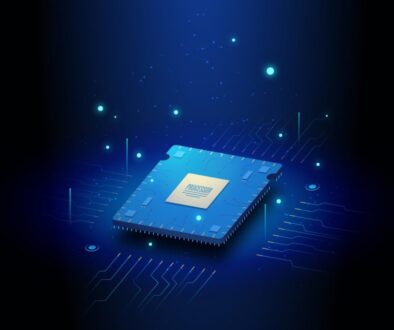AI is cracking a hard problem – giving computers a sense of smell
In this article:
- Research on machine olfaction faces significant challenges due to the complexity of the human sense of smell.
- Human vision relies on receptor cells in the retina, including rods and three types of cones.
- In contrast, the human sense of smell involves about 400 types of receptor cells in the nose.
- Machine olfaction begins with sensors that detect and identify molecules in the air, similar to the receptors in the human nose.
- To be useful to people, machine olfaction systems must go a step further by understanding what certain molecules or sets of molecules smell like to humans.
- This requires the application of machine learning to interpret and mimic the human sense of smell.





